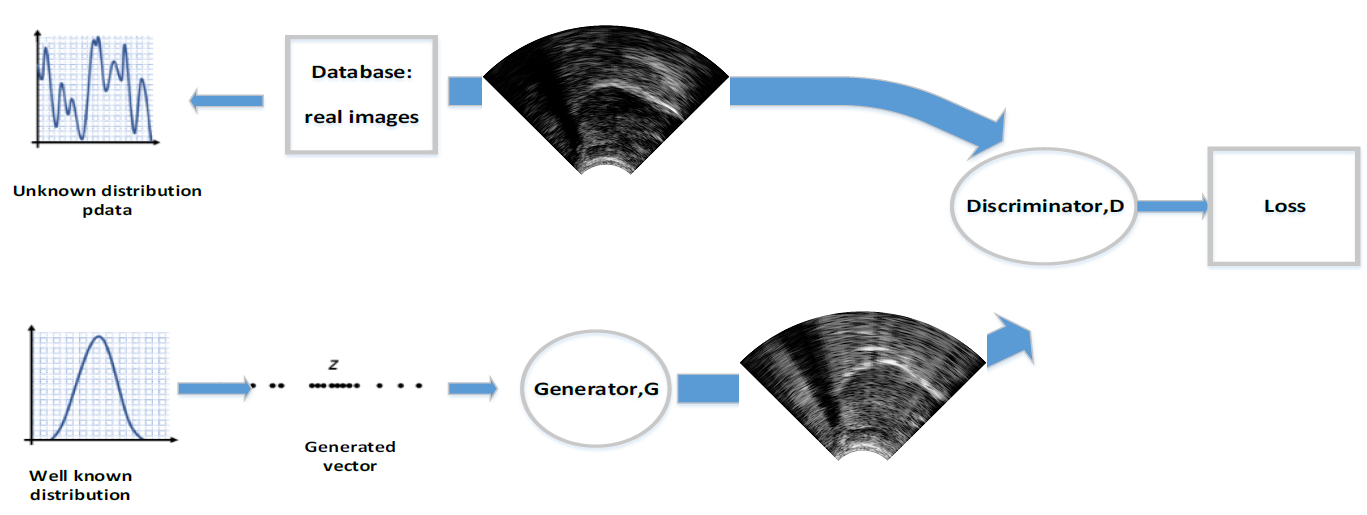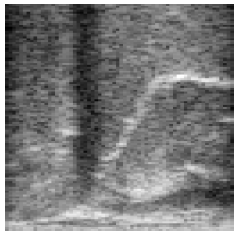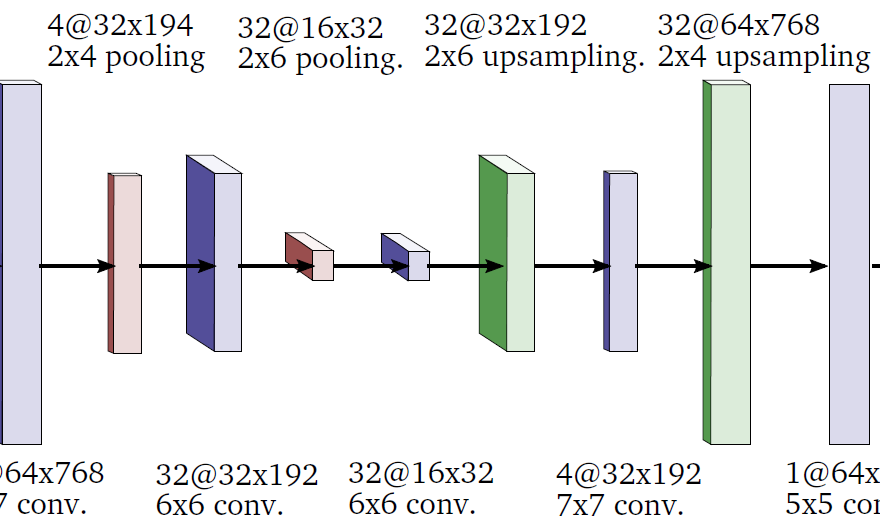We are happy to report about several students’ studies who have been carrying out project laboratory and/or thesis writing in articulatory topics related to the work of LingArt Research Group.
If you are would like to join our team, you can apply here. You can browse the project laboratory topics of BME: http://iw.tmit.bme.hu/education/tematic/studenttopics
Eloi Moliner wrote his BSc-thesis at BME on articulatory-to-acoustic speech synthesis (also known as Silent Speech Interfaces, SSI) using ultrasound images of the tongue, and comparing various deep learning methods (e.g. feedforward, convolutional and recurrent networks), under the supervision of Tamás. Based on these high quality results, a scientific publication is also in progress. His BSc thesis is available here: BScThesis_EloiMoliner

Nadia Hajjej was working as a project laboratory student at BME while investigatin realistic ultrasound tongue image synthesis using Generative Adversarial Networks. Although a large number of linguistic studies are applying 2D ultrasound, there is a lack of freely available databases with a large number of images. The realistic synthesis of ultrasound images can be a starting point for exploiting the higher-level representation of the tongue in a variety of applications in speech research. She will present her results to the wider public at the Speech Research 2018 conference.

Bálint Bárány (a project laboratory student, also at BME) studied Silent Speech Interfaces (SSI) and conducted a hyperparameter optimization of a feedforward neural network during ultrasound-based SSI.

Tamás Balaton (another project laboratory student, at BME) did his work in analyzing ultrasound tongue images using unsupervised clustering techniques. He was using Variational AutoEncoders and processed a large amount of ultrasound images. As a result he was able to distinguish various vowels just on the basis of articulatory data.
We are looking forward to such nice student results!

